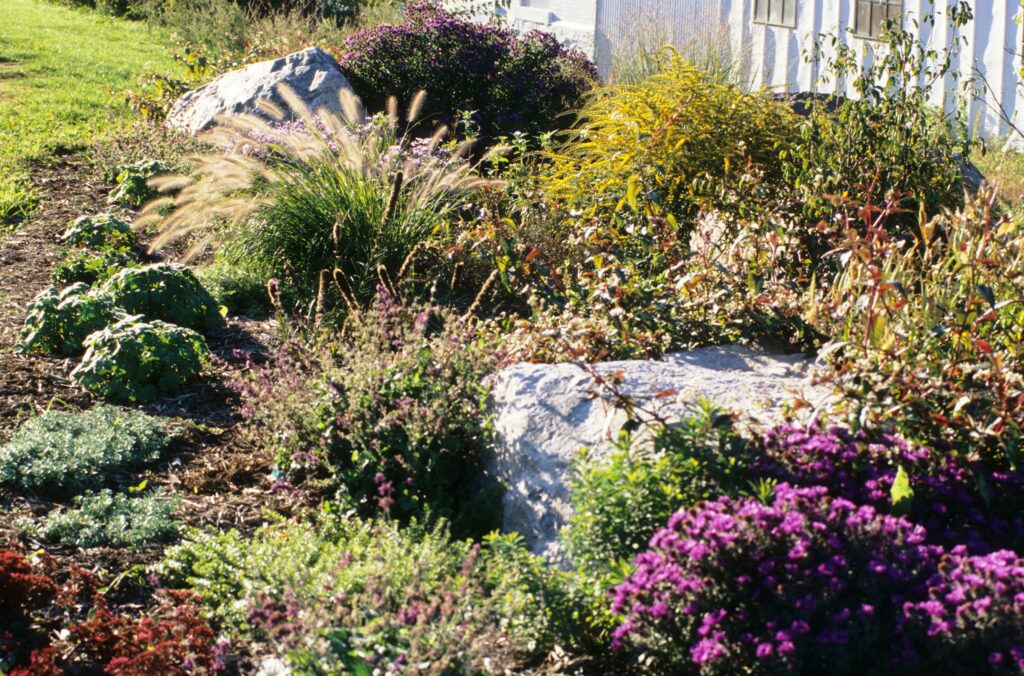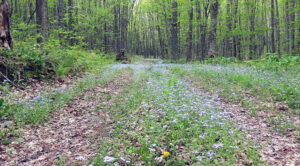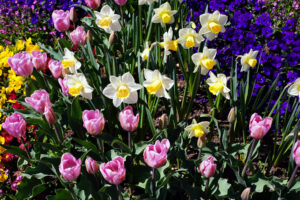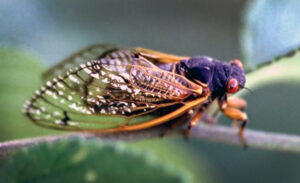By Erika Segerson-Mueller, DNR Invasive Plant Program Specialist, Oshkosh Service Center;
Erika.SegersonMueller@wisconsin.gov or 715-492-0391
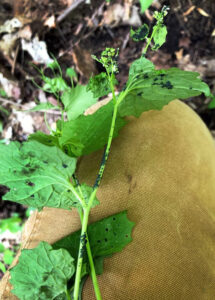
Leaves appear wrinkled and less healthy in garlic mustard plants affected by aphids. / Photo Credit: Rebecah Troutman, Holden Forests and Gardens, Bugwood.org
The NR40-restricted invasive plant garlic mustard (Alliaria petiolata) is prevalent in many Wisconsin woodlands, but a new wave of hope is on the horizon.
The garlic mustard aphid, a tiny, dark, gray-to-green insect sometimes called the “grenade” aphid after the pattern of raised blotches on its back, was found in 2021 at the Holden Arboretum in Ohio. It could become a viable form of biocontrol for the garlic mustard plant.
Continue reading “Dropping The Aphid Grenade On Garlic Mustard”

